Today’s blog is written by guest blogger, Sameer Moorji, Director, Applied Markets.
People’s diets are frequently influenced by a wide range of variables; with environment, socioeconomic status, religion, and culture being a few of the key influencers. The Muslim community serves as one illustration of how culture and religion can hold influence over people’s eating habits.
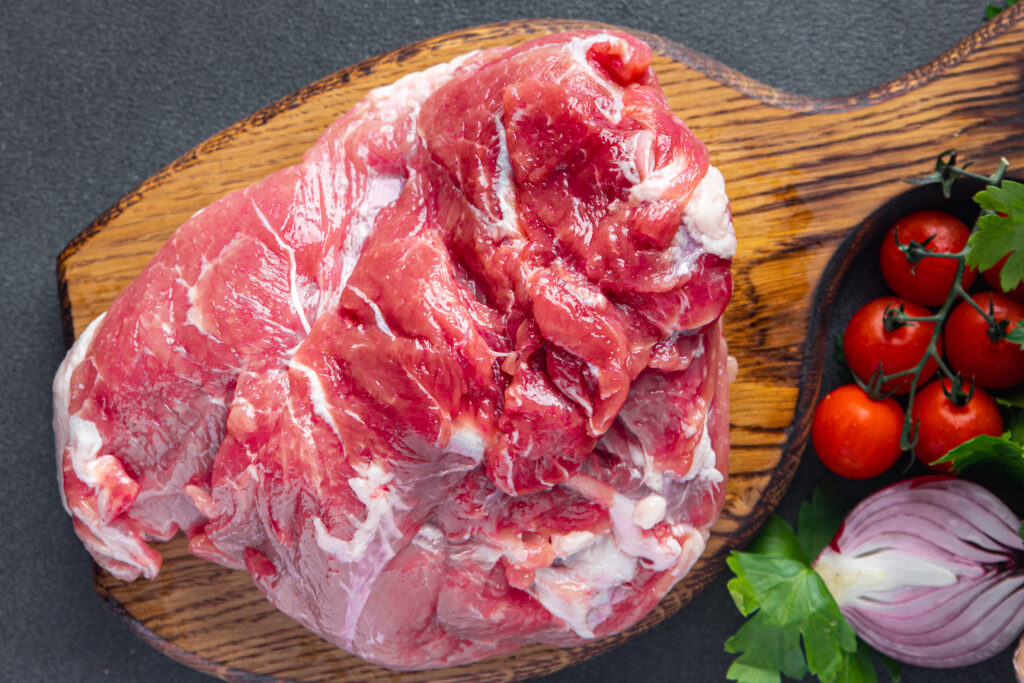
Muslims, who adhere to Islamic teachings derived from the Qur’an, frequently base dietary choices on a food’s halal status, whether it is permissible to consume, or haram status, forbidden to consume. With the population of Muslims expected to expand from 1.6 billion in 2010 to 2.2 billion by 2030, the demand for halal products is anticipated to surge (2).
By 2030, the global halal meat market is projected to reach over $300 billion dollars, with Asia-Pacific and the Middle East regions being the largest consumers and producers of halal meat products (3). Furthermore, increasing awareness and popularity of halal meat among non-Muslim consumers, as well as strengthening preference for ethical and high-quality meat, are all contributing to demand.
Continue reading “No Horsin’ around with Halal Meat Authentication”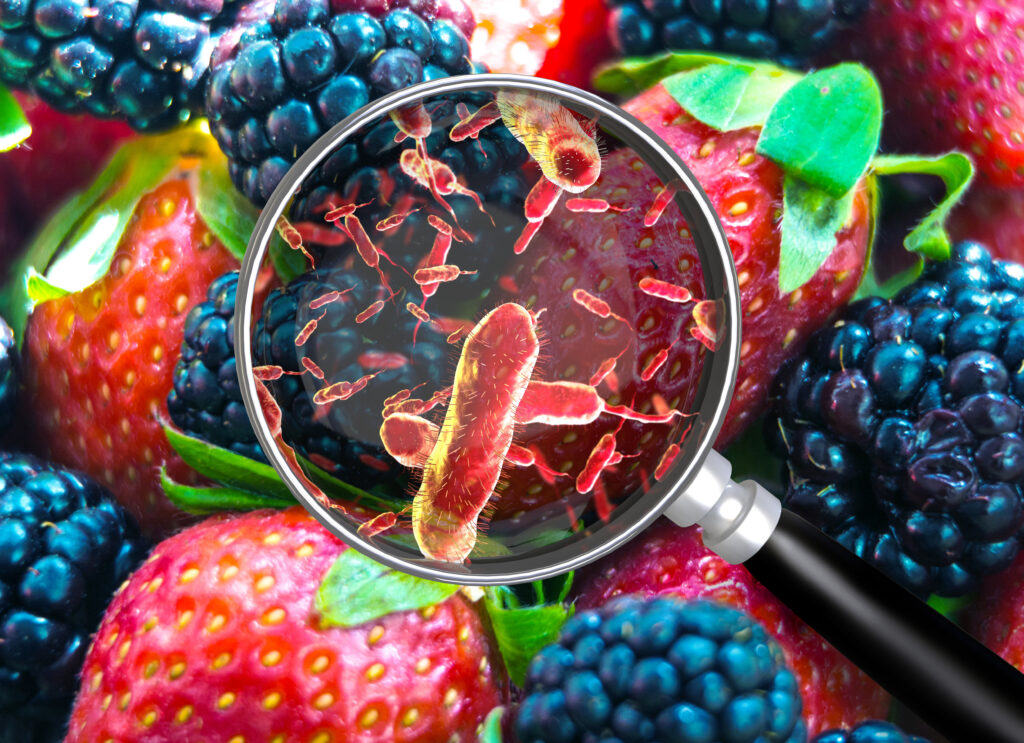

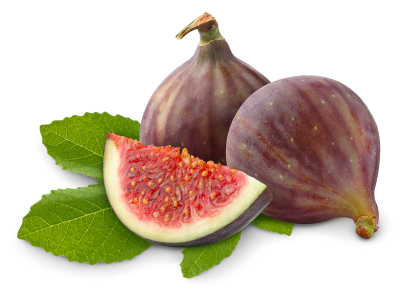
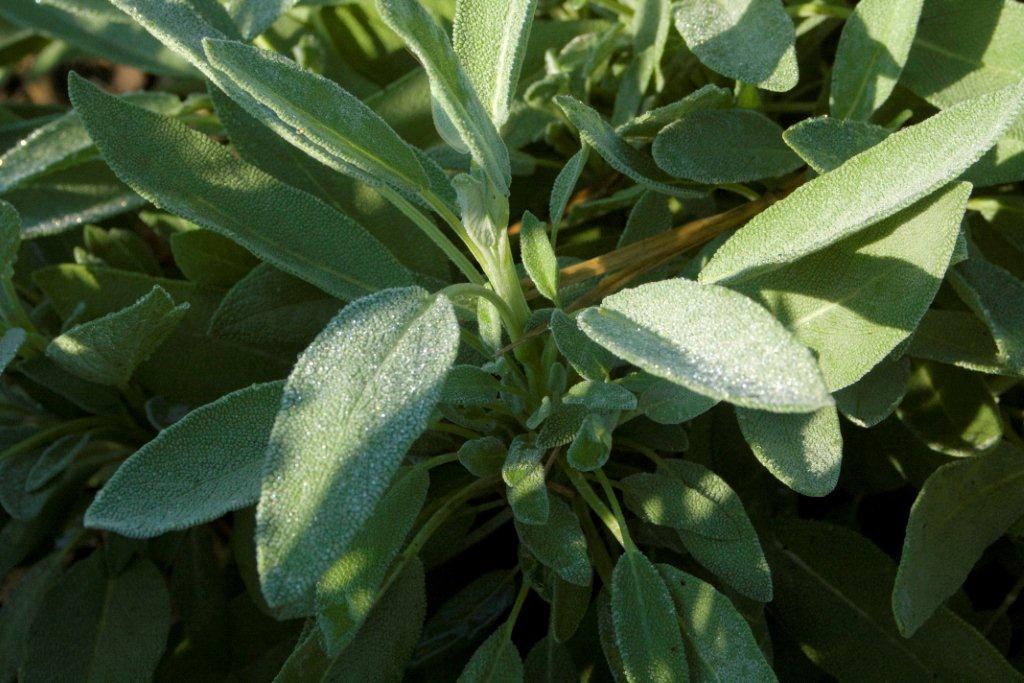
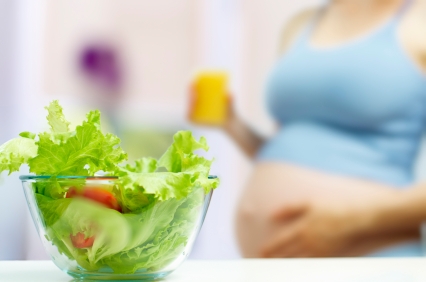 I’m about six months pregnant with my husband’s and my first child, a wee thing of unknown gender and much kicking that we’ve taken to affectionately calling “The Colonel.” Amid all the voracious reading that modern moms like me seem compelled to do, I was intrigued to see the results of a study from the University of Colorado School of Medicine indicating what I eat during these nine months of magical gestation may directly affect The Colonel’s openness to eating various foods. As I sit down to dinner every night, am I setting myself up for a picky eater, or will my kid be just as happy to try Brussels sprouts as pancakes (shaped like Mickey Mouse, per my husband’s big plans)? This research may have the answer.
I’m about six months pregnant with my husband’s and my first child, a wee thing of unknown gender and much kicking that we’ve taken to affectionately calling “The Colonel.” Amid all the voracious reading that modern moms like me seem compelled to do, I was intrigued to see the results of a study from the University of Colorado School of Medicine indicating what I eat during these nine months of magical gestation may directly affect The Colonel’s openness to eating various foods. As I sit down to dinner every night, am I setting myself up for a picky eater, or will my kid be just as happy to try Brussels sprouts as pancakes (shaped like Mickey Mouse, per my husband’s big plans)? This research may have the answer. 